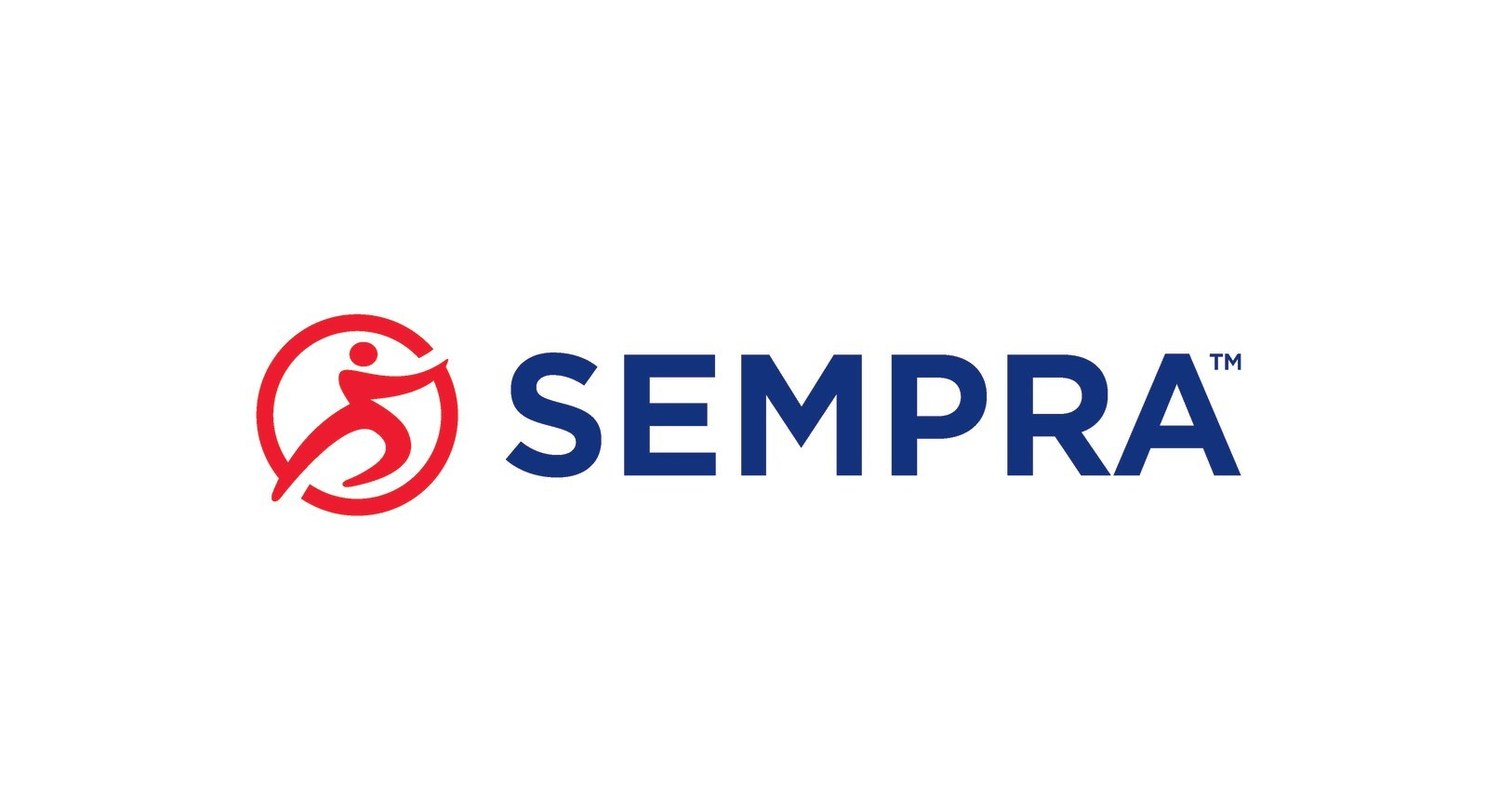
Sempra’s annual revenue fell short by $970 million compared to consensus estimates, leading to a significant stock price drop.
Levi & Korsinsky investigates potential federal securities law violations following disappointing financial results.
Despite challenges, Jefferies maintains a “Hold” rating on Sempra, with a slight price target adjustment.
Sempra (NYSE:SRE) is a prominent energy infrastructure company that operates in the utilities sector, providing electricity and natural gas services. It competes with other major players like Duke Energy and Southern Company. Recently, Sempra has come under scrutiny as Levi & Korsinsky investigates potential violations of federal securities laws following the company’s disappointing financial results for 2024.
Sempra’s financial results for the fourth quarter and full year of 2024 revealed an annual revenue of $3.76 billion, which was $970 million below consensus estimates. This shortfall, coupled with a revised 2025 earnings guidance to a midpoint of $4.50 per share from the previous $5.00, has raised concerns among investors. The company attributes these results to increased interest and operating expenses, as well as reduced consumption due to mild weather conditions.
The impact of these financial disclosures was immediate, with Sempra’s stock price dropping by over 19% on the day of the announcement, leading to significant investor losses. In response, Levi & Korsinsky, a well-known securities litigation firm, has launched an investigation. The firm has a strong track record in securing substantial settlements for shareholders in high-stakes cases.
On April 14, 2025, Jefferies maintained its “Hold” rating for Sempra, with a price target adjustment from $77 to $75. At that time, Sempra’s stock was priced at $69.73, indicating a potential upside of approximately 7.56% from the target. This suggests that while Jefferies sees some potential for recovery, they remain cautious about the stock’s near-term prospects.
Sempra’s financial health is also under scrutiny, with a debt-to-equity ratio of approximately 0.95, indicating a moderate level of debt compared to its equity. Additionally, the company’s current ratio of about 0.55 suggests potential challenges in covering short-term liabilities with current assets. These financial metrics highlight the company’s need to manage its resources carefully amid ongoing challenges.

